Unraveling the Threads: Understanding the Cost of Making a Saree
Sarees, with their rich history and cultural significance, are not just pieces of fabric but symbols of tradition, artistry, and heritage. From the intricate designs of Kanjivaram silk sarees to the vibrant patterns of Bandhani sarees, each saree tells a unique story woven with care and craftsmanship. But have you ever wondered what goes into the making of these exquisite garments and why their prices vary so widely? In this blog, we will explore the factors that contribute to the cost of making a saree, providing insights into the intricate process that transforms raw materials into stunning works of art.
1. Materials: The Foundation of a Saree
The first and most obvious factor influencing the cost of a saree is the material used. Sarees can be made from a variety of fabrics, ranging from affordable cotton to luxurious silk. Each material has its own cost, with silk typically being the most expensive. The type of silk, such as Mulberry or Tussar, further affects the price. Additionally, the use of zari (gold or silver threads) in weaving can significantly increase the cost of the fabric.
-
Silk: Known for its luxurious texture and sheen, silk sarees are often considered the epitome of elegance. The quality of silk, including factors like thread count and purity, plays a crucial role in determining the cost.
-
Cotton: While cotton sarees are more affordable, their quality and origin can still affect the price. Handwoven cotton sarees, such as those from Bengal, can be quite expensive due to the labor-intensive process involved.
-
Blended Fabrics: Sarees made from a blend of materials, such as silk-cotton or art silk, offer a more affordable alternative to pure silk sarees. However, the cost varies based on the ratio of silk to other materials.
2. Weaving Techniques: The Artistry Behind the Fabric
The weaving technique used to create a saree is another critical factor that impacts its cost. Handwoven sarees, which require significant time and skill, are generally more expensive than machine-made sarees.
-
Handloom Sarees: These sarees are woven on traditional handlooms, requiring the expertise of skilled artisans. The intricate designs and patterns, often created by hand, make these sarees more expensive. For example, a handloom Banarasi saree can take weeks or even months to complete, justifying its higher price tag.
-
Powerloom Sarees: In contrast, powerloom sarees are machine-made and produced in bulk, making them more affordable. However, they lack the intricate detailing and personal touch that comes with handwoven sarees.
-
Embroidered Sarees: The addition of embroidery, whether done by hand or machine, can significantly increase the cost of a saree. Hand-embroidered sarees, featuring intricate designs with beads, sequins, or thread work, are particularly labor-intensive and, therefore, more expensive.
3. Design Complexity: Crafting Unique Patterns
The complexity and uniqueness of a saree’s design also contribute to its cost. Some sarees feature traditional motifs and patterns passed down through generations, while others may incorporate contemporary designs to appeal to modern tastes.
-
Traditional Motifs: Sarees with intricate traditional designs, such as peacock motifs or temple borders, are often more expensive due to the time and skill required to create them.
-
Contemporary Designs: Modern sarees may feature abstract patterns or minimalist designs, appealing to younger buyers. While these may be less labor-intensive, the brand and designer reputation can still drive up the price.
-
Customization: Customized sarees, tailored to a buyer's specific preferences, often come with a premium price. The process of creating a one-of-a-kind saree, from selecting the fabric to finalizing the design, involves close collaboration with artisans and designers, adding to the overall cost.
4. Artisan Skill and Labor: The Human Element
The craftsmanship of the artisans who create sarees is invaluable, and their expertise directly influences the price. Highly skilled weavers, who have honed their craft over years or even decades, command higher wages, which is reflected in the cost of the sarees they produce.
-
Weaver Expertise: The reputation and experience of the weaver can greatly affect the cost of a saree. Artisans known for their mastery of specific weaving techniques, such as the intricate Jamdani weave or the elaborate Kanjivaram silk sarees, often charge more for their work.
-
Time Investment: The time taken to complete a saree varies based on the design complexity and weaving technique. A handwoven saree with intricate designs can take anywhere from a few weeks to several months to complete. This time investment is a significant factor in the saree’s final cost.
5. Geographical Origin: The Cultural Connection
The region where a saree is made plays a significant role in its cost. Certain areas in India are renowned for producing specific types of sarees, each with its unique style, technique, and history.
-
Banarasi Sarees (Uttar Pradesh): Known for their luxurious silk and intricate zari work, Banarasi sarees are among the most sought-after and expensive sarees in India.
-
Kanjivaram Sarees (Tamil Nadu): Hailing from the town of Kanchipuram, these sarees are known for their rich silk and elaborate designs, often incorporating gold and silver threads.
-
Pochampally Sarees (Telangana): Famous for their unique ikat patterns, Pochampally sarees are labor-intensive to produce, making them more expensive.
-
Patola Sarees (Gujarat): Double ikat Patola sarees, known for their vibrant colors and complex patterns, are highly prized and can be quite expensive due to the meticulous process involved in their creation.
6. Brand and Designer Influence: The Name Behind the Saree
The brand or designer behind a saree can significantly influence its cost. Sarees from well-known brands or designers often come with a premium price tag, not just for the quality but also for the prestige associated with the name.
-
Designer Sarees: Sarees designed by renowned fashion designers are often seen as luxury items. These sarees may feature exclusive designs, high-quality materials, and impeccable craftsmanship, all of which contribute to their higher cost.
-
Branded Sarees: Established brands with a reputation for quality and style also command higher prices. Customers are often willing to pay more for the assurance of quality and the brand’s legacy.
7. Marketing and Distribution Costs: The Journey to the Customer
The journey of a saree from the loom to the customer’s wardrobe also involves costs that contribute to the final price. Marketing, branding, and distribution expenses can vary depending on the reach and strategy of the brand or designer.
-
Retail Markup: Sarees sold through high-end boutiques or luxury stores often come with a significant markup to cover the cost of retail space, branding, and customer service.
-
Online Sales: While online sales platforms may reduce some costs, such as retail space, they often involve other expenses like digital marketing, shipping, and returns, which can still affect the final price.
Conclusion
The cost of making a saree is influenced by a multitude of factors, each adding a layer of complexity to the final price. From the choice of materials and weaving techniques to the skill of the artisans and the reputation of the brand, every element plays a crucial role in determining how much a saree will cost. Understanding these factors not only helps in appreciating the value of a saree but also highlights the incredible craftsmanship and tradition that goes into creating these beautiful garments. So, the next time you drape a saree, remember the artistry and effort that make it more than just a piece of clothing—it's a true work of art.

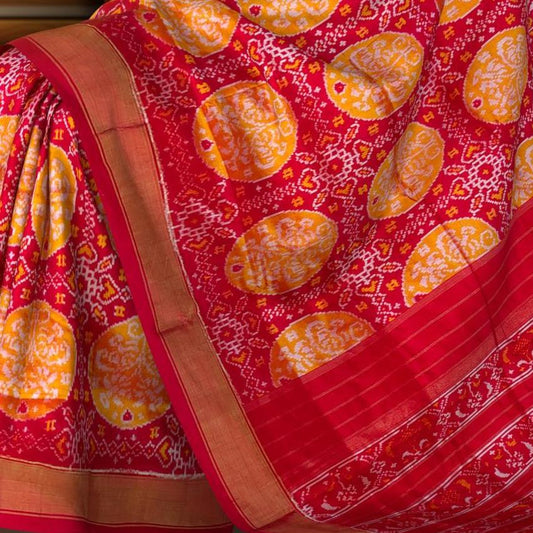
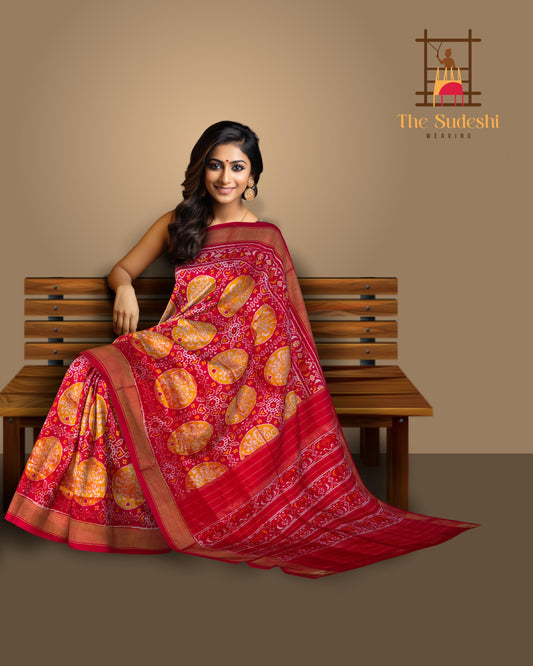
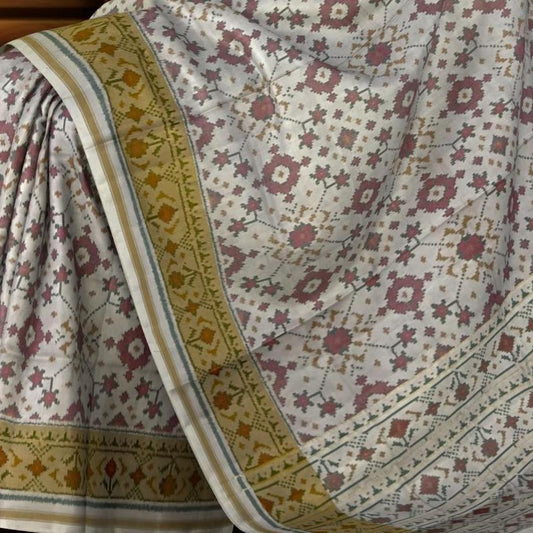
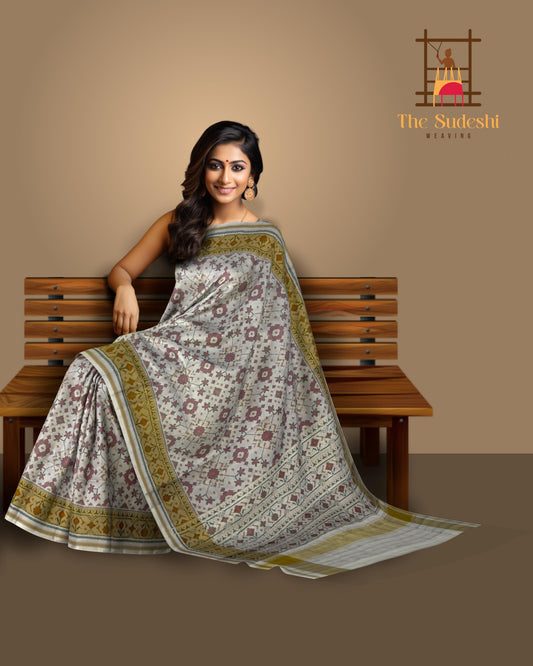
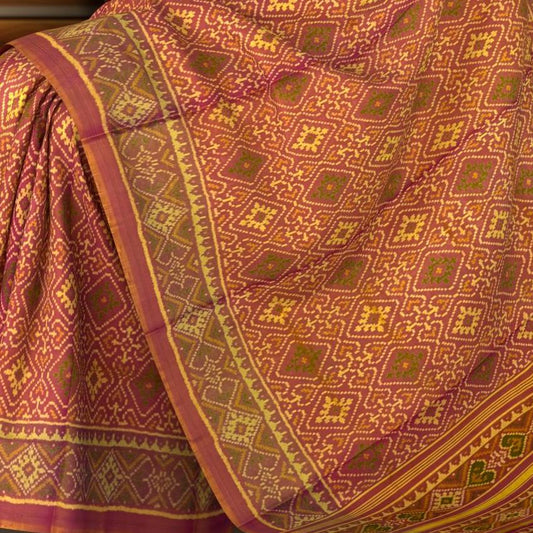
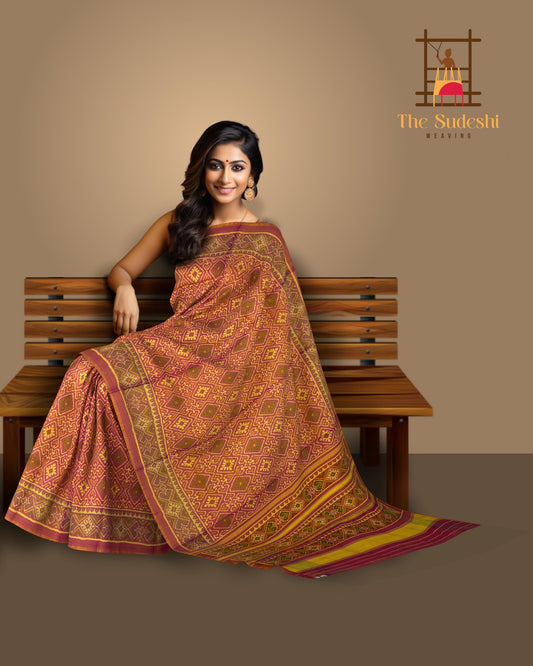
Leave a comment
Please note, comments need to be approved before they are published.